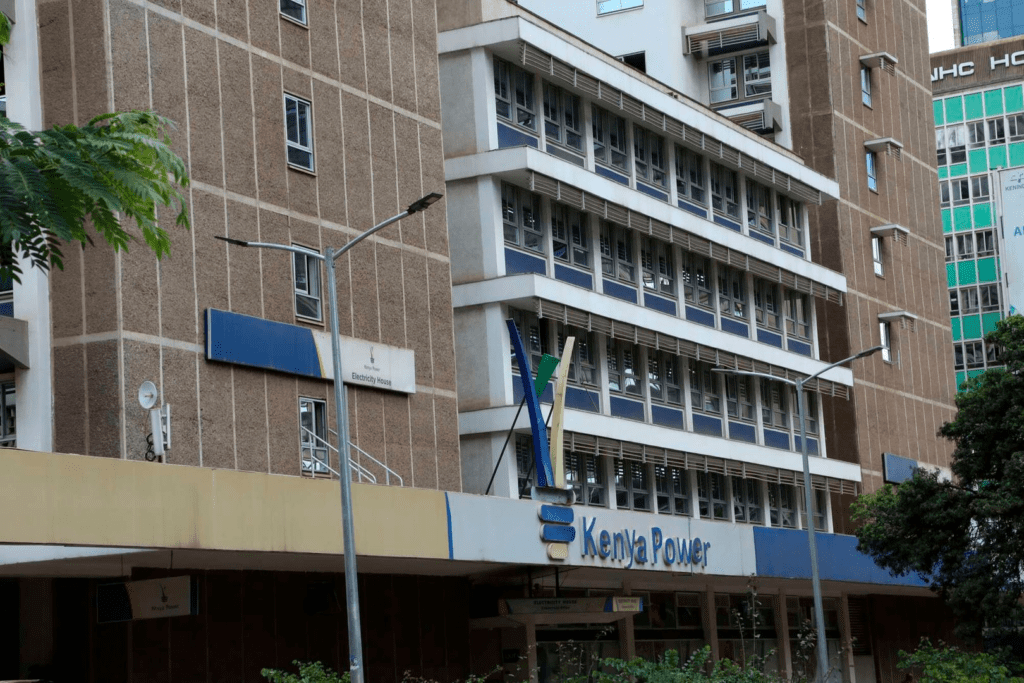A report by the Public Service Commission (PSC) has revealed that Kenya Power recorded the highest number of emergency leave days among public servants in the last financial year, sparking concerns over possible misuse of the provision meant for unforeseen personal circumstances.
According to the report, public servants were granted 27,026 emergency leave days in the year ending June 2024. However, Kenya Power accounted for a staggering 99.3 percent of the total, translating to 26,837 instances.
Despite the high numbers, Kenya Power defended the situation, explaining that its large workforce of about 10,500 employees contributed to the significant leave figures.
“Employees are entitled to 30 days of annual leave. Since emergencies are unpredictable, it is difficult for employees to plan for emergency leave in advance. However, the days taken are deducted from the total allowable annual leave,” the company explained.
The PSC report raised concerns over the absence of legislation guiding emergency leave across public institutions.
“It was established that 27,026 public servants took emergency leave, with 27,012 from state corporations and semi-autonomous government agencies (SAGAs), while only 14 cases were recorded in ministries, departments, and agencies (MDAs),” the PSC noted.
Kenya Power topped the list, followed by the Kenya Ports Authority (KPA) with 175 cases and the State Department for Foreign Affairs, which recorded 14 instances. KPA referred to the leave provision as “St. John’s leave.”
The PSC urged public institutions granting emergency leave to clarify its legal basis, noting that it might be confused with compassionate or sick leave.

Kenya Power maintained that emergency leave was granted to employees handling urgent personal matters, such as the illness or death of a close relative.
“Ideally, emergencies can happen to anyone. If every employee experiences three emergency situations annually, this would result in 31,500 cases across our workforce. Therefore, the 26,837 cases mentioned in the report fall within an expected range,” the company stated.
However, the PSC flagged Kenya Power for failing to provide details on whether 25,361 emergency leave cases—94.5 percent of all instances—received proper authorization from relevant officers.
The report now calls for public institutions to establish clear guidelines on emergency leave provisions to prevent possible misuse.







